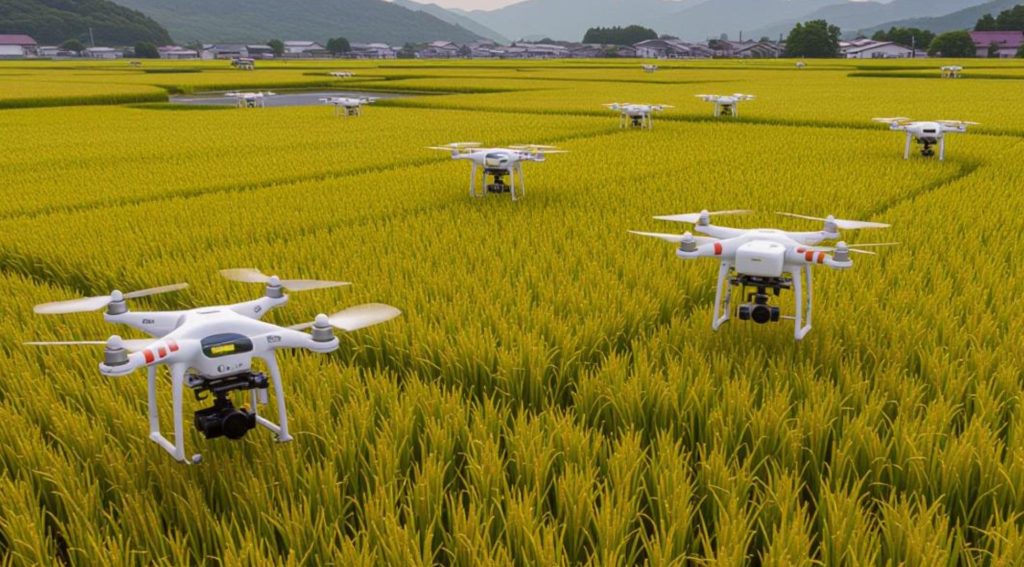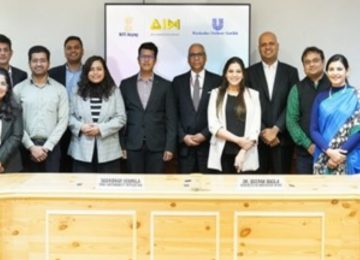For generations, rice—the grain that nourishes billions—was a commodity defined by its weight and its cost.
But now, a quiet revolution is taking place, a “great grain shift” where the very definition of quality is being rewritten. This change is not just happening in the fields but also in boardrooms, on trading floors, and in the minds of a new generation of consumers.
The catalyst is the Sustainable Rice Market Insights report from the International Finance Corporation (IFC) and the World Bank. The new report from a coalition of global agricultural groups, for the first time, documents on a large scale and quantifies the environmental footprint of rice production across the world’s top exporters.
It measures the unseen costs—the gallons of water consumed, the pounds of methane released, and the acres of land transformed. While designed to highlight the efficiency of modern, climate-resilient farming, the report’s true impact is its role as a wake-up call to the entire industry.
It lays bare the stark reality that old methods, while historically successful at feeding a hungry planet, are no longer viable for a sustainable future. The practice of continuously flooding paddies, for instance, a technique as old as agriculture itself, is now under the microscope for its immense water consumption and significant contribution to greenhouse gases. The report provides a clear message: to continue to dominate the global market, nations and producers must embrace innovation.
This transition isn’t just about environmental responsibility; it’s an economic imperative. Consumers, particularly in developed markets, are increasingly using their purchasing power to demand transparency and ethical sourcing. They are willing to pay a premium for a product that not only tastes good but also tells a good story—one of fair labor practices, biodiversity protection, and a commitment to a healthier planet.
For the international rice industry, the future is now a race not just to produce the most rice, but the most responsible rice. Nations that can invest in and scale up water-saving techniques and low-emission farming will find new opportunities. Those that do not adapt risk being left behind in a new era where sustainability is not a niche consideration but the new global standard. This is the moment when a staple crop becomes a symbol of the future of food.












